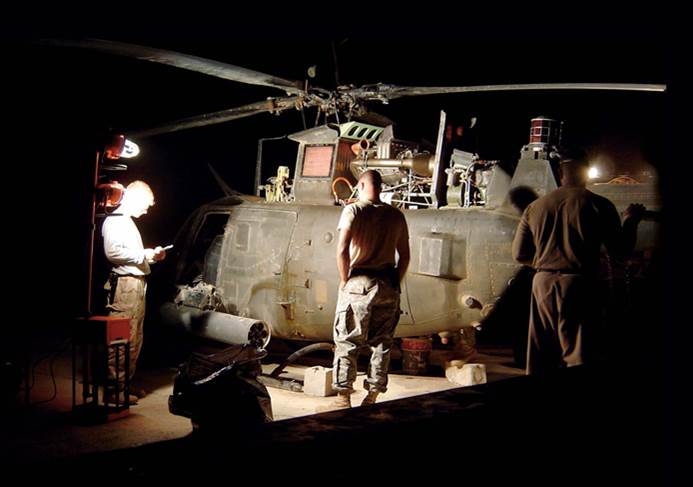Women in STEM: Tiffany White
Tiffany White
Chief Project Engineer, Helicopters Rolls-Royce
Tiffany White joined Rolls-Royce after graduating from Purdue University with a Bachelor of Science degree in Aeronautical - Astronautical Engineering, and has spent 22 years contributing to the propulsion system solutions for more than ten different kinds of aircraft. Currently one of seven Chief Project Engineers in the helicopter business, Tiffany is truly an exemplary woman in STEM.
Tiffany's career path started when, as a junior in high school, she took physics and loved it, even after her mom lovingly suggested that it might be too hard and her uncle told her she couldn't be an engineer because she was a girl. While at first physics did prove difficult, she was able to see the practical applications of the lessons almost immediately. Not a particularly strong player when her church youth group would play pool, the game suddenly made sense and her skills increased when some of her homework used pool balls at the basis of the problems. Her teacher encouraged her to look at engineering careers, and with the popularity of the space shuttle program in the news, she was inspired by the Challenger tragedy in 1986 to improve the safety and ensure the longevity of space travel. In fact, the poster of the Challenger on its launch pad that hung in her dorm room in college is framed and hangs in her office to this day.
Rolls-Royce engineers collaborate over an M250 engine.
Tiffany's earliest roles at Rolls-Royce were in project engineering at the "whole engine" level, which provided her with a broad understanding of gas turbine propulsion. Feeling she lacked any deep functional knowledge, she transferred into control systems, where she spent 10 years becoming an expert on how to control engines while honing her leadership skills with a masters degree in program management. Then, instead of moving straight up the proverbial ladder, she moved laterally and spent time learning everything she could about turbine components and subsystems, making her a stronger engineer with more informed decision-making skills. So when a Chief Project Engineer position unexpectedly became available, she was perfectly positioned with the technical foundation in controls, turbines, and project management as well was the necessary soft skills like leadership and team management.
Bell 407 helicopters that use the M250 engines.
In her role as Chief Project Engineer, Tiffany serves as the technical authority for the M250 engine, defining engine accomplishments and attributes, serving as the point of contact with customers, ensuring cost and schedule targets, and interfacing with the FAA and foreign and military airworthiness authorities on safety reliability, and certification. M250 engines are used to transport workers to and from oil rigs in the Gulf of Mexico. They are used to lift huge logs out of the forest instead of cutting roads through the trees. Rolls-Royce helicopters using M250 engines allow electrical linemen to be lowered onto high power lines. They give vacationers a birds eye view of the volcanos of Hawaii, the Smoky Mountains, and the Grand Canyon. They even give Indianapolis commuters an idea of how badly traffic is backed up on I-69 in the mornings via WTHR Channel 13's helicopters. Tiffany's M250 supports products that transport the critically injured to hospitals around the nation and protect U.S. soldiers and sailors around the world. The range of uses and magnitude of their impact make the products she oversees simply fascinating.
A Kiowa Warrior helicopter that uses an M250 engine.
As a long-time member and 2016-2017 President of Women & Hi Tech, Tiffany has continued to be an engaged role model for women in STEM fields. She concedes that the gender-related drop in self confidence that females face in school often continues into their careers, but encourages women to surround themselves with supportive friends, family, and coworkers. Support can be found in many forms; organizations like Women & Hi Tech provide opportunities to network with other confident successful women and blogs like this one showcase the highly technical and exciting roles women have in the community.





